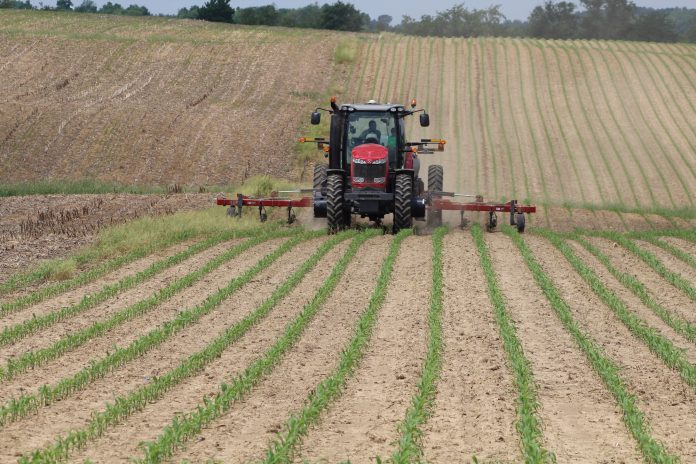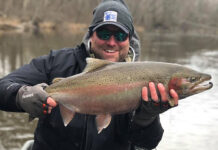Cooler temperatures, shorter days and trees filled with bright-colored leaves translate into slower grass growth and reduced forage mass for grazing. I’ve talked with several farmers in the last few weeks asking questions about fertilizing and liming pastures, especially with input costs expected to increase.
Fall is an ideal time to collect soil samples to evaluate nutrient levels and develop a management plan.
Soil samples
Begin with a soil sample. The purpose of collecting soil samples is to determine the nutrient and pH levels of a given field. Because only a few grams of soil are used by the lab for analysis, following a proper sampling procedure is critical. While it is a relatively easy process, there are a few things to consider prior to starting.
These include past cropping and nutrient management practices in the field, plant growth differences, topography, drainage and differing soil types with the field. Limit sampling area to no more than 25 acres and collect 10-20 cores per sample area.
A better way to sample a field (especially those with unique characteristics) is using zones. Zone sampling helps account for variations in a field and provides a truer picture of the fertility and lime needs within the field. When using zone sampling, follow a zigzag pattern, randomly taking 10-20 core samples per sample area up to 25 acres.
Submitting samples
Once collected, it’s time to send your samples to a soil testing laboratory. Your agronomist or extension professional can assist you with locating a lab in your area.
The lab will provide you with fertilizer and lime recommendations based on several factors, including crop, yield goal, soil nutrient levels and soil pH. If you have questions about the results, your agronomist or extension educator are great resources.
Lime
Because surface-applied lime moves slowly through the soil profile, this is an excellent time of year to make applications to fields that need soil pH adjusted. The lime recommendation is calculated by the lab based on the sample you submitted. Not all lime is created equal — ask for an analysis of the liming product.
Liming materials are labeled based on Effective Neutralizing Power, with ag lime as the base and an ENP of 2,000 pounds per ton. Anything below this standard will require a greater application rate. When evaluating whether to spend money on lime or fertilizer, don’t shy away from the lime. Forage plants growing in a soil with a low pH will not efficiently use the fertilizer applied.
More information
Talk with your agronomist or extension educator with questions about soil sampling, fertilizer and lime recommendations and other management topics.
Other useful resources include the Tri-State Fertilizer Recommendations for Corn, Soybeans, Wheat, and Alfalfa, agcrops.osu.edu/FertilityResources/tri-state_info; Ohio Agronomy Guide, stepupsoy.osu.edu/sites/hcs-soy/files/472%20Ohio%20Agronomy%20Guide%2015%20Ed%20red_0.pdf; Understanding Value in Lime, ohioline.osu.edu/factsheet/anr-9; and Soil Sampling to Develop Nutrient Recommendations, ohioline.osu.edu/factsheet/AGF-513.













